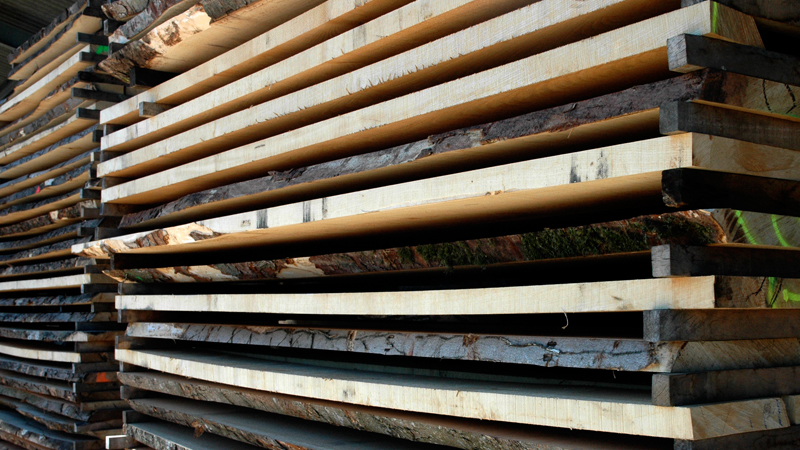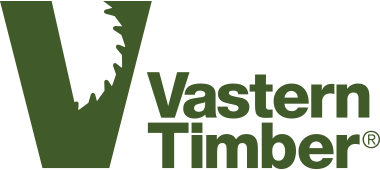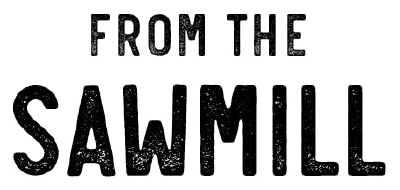English Sycamore Sawn Timber
Sycamore is prized for its creamy colour and silky appearance. Sycamore is generally straight grained but in places it may become curly especially near the base of the tree. The most prized sycamore is known as “rippled,” with a regular wave in the grain.
Species
Acer pseudoplatanus
Source
England
Surface finish
Waney edge sawn boards
Sizes
Width range: 150mm – 250mm +

English Sycamore Sawn Timber
About English Sycamore Sawn Timber
Reputedly introduced into Britain in the fifteenth century, the sycamore is now considered to be a native species. Being part of the Acer family, it is quite similar in appearance to the maple although it is not as hard.
Sycamore is prized for its creamy white colour which is preserved through the use of special drying techniques and by felling the trees during the winter months when the sap is down.
Appearance
Waney edge boards of sycamore will be supplied with wane (bark) on one or two edges.
The sap wood of sycamore is indistinguishable from the heart wood which is also a creamy white. Dark green and brown mineral streaks will occasionally be present in the wood.
Sycamore is generally straight grained but in places it may become curly especially near the base of the tree.
The most prized sycamore is described as rippled which means there is a regular wave in the grain. Rippled sycamore when cut exhibits a stunning three-dimensional figure which becomes more pronounced after polishing. The most heavily figured sycamore is sometimes referred to as ‘fiddleback’ because of its use in the construction of high grade musical instrument cases.
Call us to discuss your project
Technical Specification
| Common name | Sycamore | |||||||||
| Other names | Great Maple | |||||||||
| Family | Aceraceae | |||||||||
| Genus | Acer pseudoplatanus | |||||||||
| Unit of sale | M3 (Cubic meters) (1M3 = 35.315 Ft3) | |||||||||
| Kiln dried weight | Approx 630KG / M3 | |||||||||
| Specification | Supplied in waney edge sawn boards | |||||||||
| Width range | 150mm – 250mm + | |||||||||
| Dimensions |
|
|||||||||
| Moisture content |
|
|||||||||
| Durability | BS EN350-2. Non durable. Perishable | |||||||||
| Workability | + Fine finish from straight grained wood. Silky grain for painting and staining – Can spring after cutting. Curly grain will pick up during machining |
|||||||||
Grading
Sycamore is available in the following grades but please note that not all thicknesses are available in all the grades:
First Joinery
This is our standard joinery grade where only occasional knots up to 40mm diameter are accepted. The grain may be slightly angled and some colour variation is likely. Larger knots and defects will be measured out. Centre splits are accepted but a suitable reduction in measure will be applied. Accepted: Grain deviation, occasional knots up to 40mm, dark mineral streak. Other isolated defects if measured out. Not accepted: Curly grain, rot, bark pockets, excessive worm attack.
Second framing
Suitable for the frames of covered furniture where strength is more important than visual appeal. Knots and defects are accepted providing there is a good proportion of cutting available. Centre splits are accepted but a suitable reduction in measure will be applied. Accepted: All knots and defects. Not accepted: Rot, excessive worm attack.
Disclaimer
While the utmost care has been taken to provide accurate information, Vastern Timber shall not be held responsible for any consequences arising from any errors or omissions on this website nor for any damages resulting from the use of the information.



